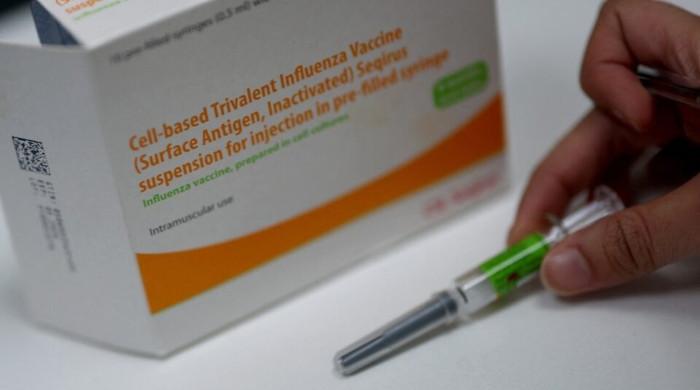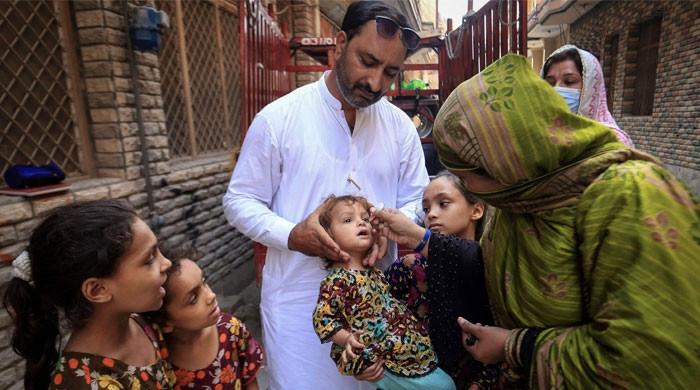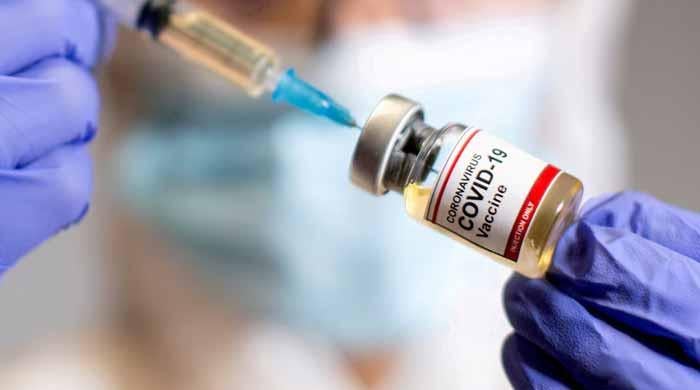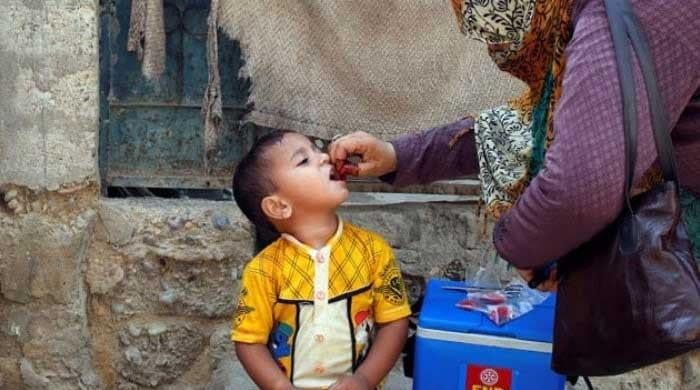5 untrue chronic dry eye 'facts'
Chronic dry eye symptoms include pain, redness and discharge from one or both eyes, among others
January 22, 2024

Chronic dry eye is a common condition that affects millions of people and if left untreated, it can significantly lower one's quality of life and interfere with their ability to see clearly.
With symptoms including pain, redness and discharge from one or both eyes, among others, the key to managing chronic dry eye is to find a treatment that works for you.
However, you can only do that once you dispel common myths associated with the condition.
'Everyone gets dry eyes'
A dry eye is a condition where an individual's eyes don't produce enough tears or tears evaporate too quickly, affecting the eyes' moisture and health.
Although, indeed, people occasionally experience dry eyes, chronic dry eye can be challenging to manage and requires long-term treatment, including medications and lifestyle changes, as it affects people over a long period.
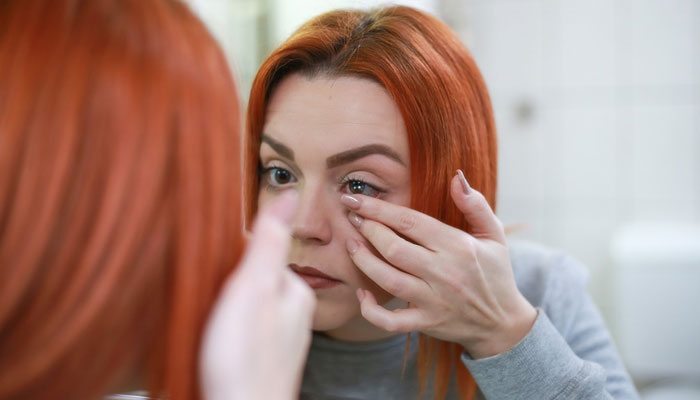
'Exposure to dry air causes chronic dry eye'
While dry eye is a common condition resulting from low humidity in climates, there is a combination of factors that contribute to this condition.
Use of certain medications, long-term use of contact lenses, and the presence of certain medical conditions such as rheumatoid arthritis, thyroid problems and diabetes may contribute to the overall risk of chronic dry eye.
'Watery eyes can’t be dry'
Watery eyes are a common symptom of chronic dry eye, which causes itchiness, burns and discomfort in the eyes.
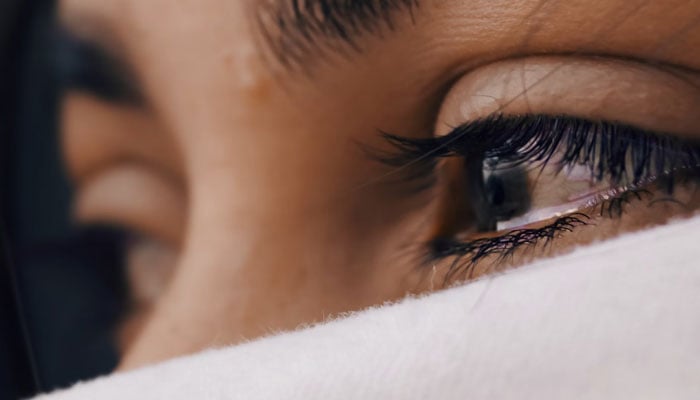
The body produces extra tears to re-moisten the eyes, but this excess can overwhelm the body's ability to drain tears, causing them to well up.
'Chronic dry eye only a symptom of another problem'
Chronic dry eye is a medical issue, not a symptom of a larger issue.
It's crucial to treat the condition to prevent complications and maintain eye health and the first step in identifying the cause is consultation with a doctor and developing an effective treatment plan for chronic dry eye.

'Any type of eye drop helps with chronic dry eye'
Doctors often prescribe eye drops to manage chronic dry eye symptoms like itching or burning.
However, not all eye drops are the same, as some artificial tear solutions and eye redness drops may contain additives that can worsen symptoms. Before using eye drops, consult your doctor to determine the best treatment for your condition.




